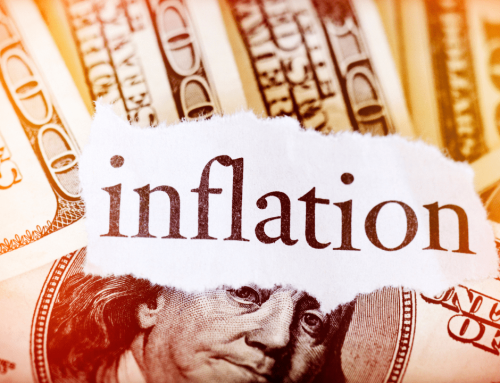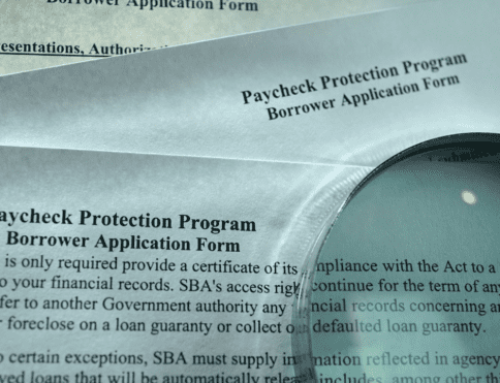Among the initiatives that the Federal Reserve announced in early April to stabilize the American economy in response to the coronavirus pandemic was the Municipal Liquidity Facility (MLF), intended to support state and local governments.
The state and local sector is a unique but very important part of the economy as it is the dominant form of government spending in output. In 2019 alone, the state and local sector contributed 8.5 percent of gross domestic product (GDP), while the federal sector contributed just 3.8 percent.
State and local governments are in the service delivery business and employ over 20 million workers, from governors to firefighters. The services delivered by these governments are central to the quality of life in every part of the country and their substantial role in public health is especially relevant – and costly – now.
The state and local sector is not only large but also unusual in its financing. Those governments are generally required to balance their operating budgets and can usually only borrow long term in order to finance infrastructure investments. State and local governments use short-term notes to smooth cash flows during a fiscal year rather than selling municipal bonds, the latter of which they sell almost exclusively to finance capital projects.
Here’s how this short-term market works: States and localities depend on revenues, such as tax receipts or federal grants, that are received at specific intervals. They frequently want to smooth spending in anticipation of such receipts and can do so by issuing tax anticipation notes (TAN), revenue anticipation notes (RAN), and bond anticipation notes (BAN). These notes are typically secured by the revenues expected to be received later in the fiscal year and are paid off when said revenues arrive.
A classic example would be the proceeds from final settlements of state income tax returns due April 15. For a state like New York, these are substantial and many of these proceeds are received right before the end of the state’s fiscal year on March 31. So, New York could issue a TAN in January, with a maturity of April 30, to enable it to start spending part of the expected settlement amount in the interim.
The fundamental issue this year is that the federal and state tax filing deadline (has moved from April 15 to July 15. Thus, states and a small number of cities that rely on income taxes will likely have an unexpected delay in their tax receipts. In addition, they generally won’t get estimated income tax payments for the quarter either.
This blows a large hole in the state’s budgets now, but almost certainly will make this shortfall up in July. In the meantime, we may see a spike in the demand for short-term financing to fund the cash flow needs of these states.
As all this was evolving, interest rates on municipal borrowing moved up sharply in March, as investors worried state and local governments would face difficulties raising the cash required to finance the delay in settlements—especially in light of the reduction in economic activity taking place in response to the coronavirus pandemic. For these reasons, the Fed established a facility to support the liquidity needs of state and local governments. The U.S. Treasury, under the CARES Act, will make a $35 billion initial equity investment in the special purpose vehicle that will operate the facility, thus sharing the risk with the Fed.
The program provides as much as $500 billion in total lending to states – well above the sector’s previous note of $100 billion — Cthe District of Columbia, cities with populations of more than one million, and counties with populations over two million. The limits of individual governments are determined by their size as measured by their pre-crisis revenues.
In order to provide borrowers the ability to repay over a longer-than-normal time horizon, while remaining within the bounds of the issuer’s legal constraints, the loans will have terms of up to twenty-four months. The substantial size and relatively long note maturities are intended to provide these governments with the flexibility they need to weather the current crisis.
Short term cash flow needs are likely to be substantial in the next few months and, as a consequence, one-year note yields declined after the announcement. Nonetheless, the Federal Reserve will continue to closely monitor conditions in the primary and secondary markets for municipal securities and will evaluate whether additional measures are needed to support the flow of credit and liquidity to state and local governments.
SOURCE
Error: Contact form not found.





